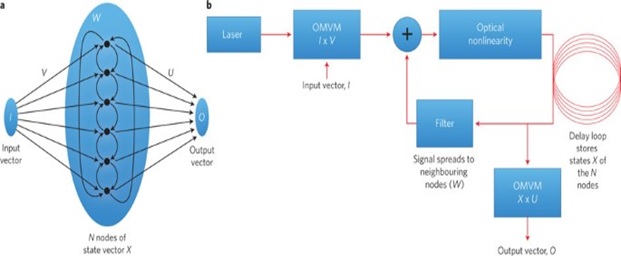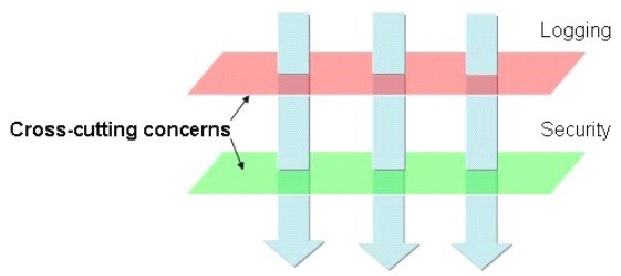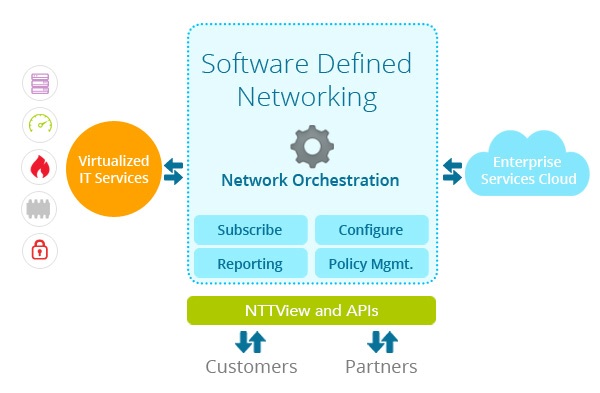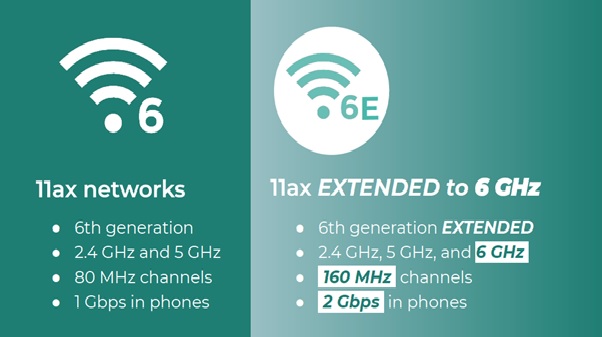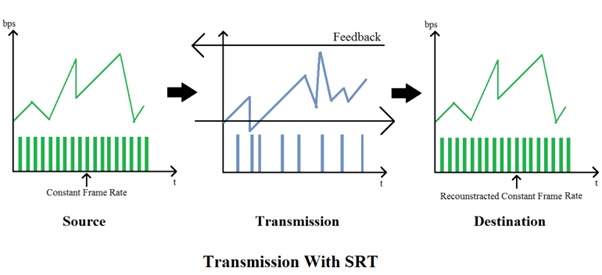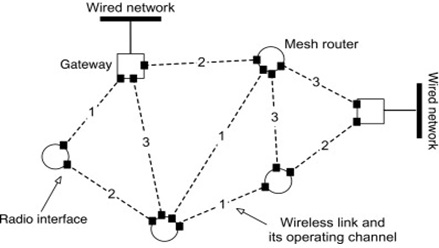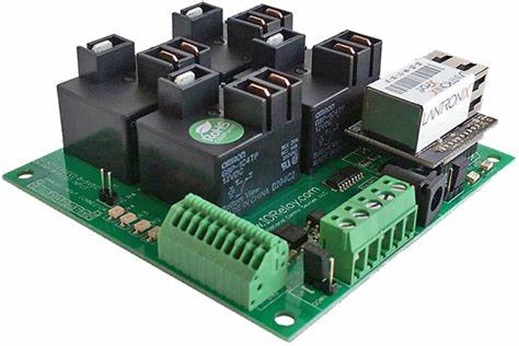Data Comm in Computer Network
Data Comm is an FAA technology that is revolutionizing communications between air traffic controllers and polits. Controllers traditionally have used radio voice communications to give clearances and other flight information to pilots. Voice communications are time consuming and labor intensive, slow operations and can lead to miscommunications between controllers and pilots known as “talk back, read back” errors.[1]

Figure 1. The Data communication in computer network
Figure 1 shows radio frequency transmission has been with us since Guglielmo Marconi first demonstrated wireless communications a century ago. Within 30 to 40 years of Marconi’s discovery, radios had become a fixture in nearly every U.S. household. However, it has been only within the last half-dozen years that wireless data transmission has come into its own in a business environment. RFDC first appeared in warehouses and distribution centers as an enabling technology for automatic identification and data capture (AIDC) implementations, where hardwiring was unfeasible and/or real-time updating of the host database was critical. Early applications typically ran on PCs or controllers, scattered throughout a facility, which were interfaced to what was essentially a batch-oriented host. Those early systems were costly, quirky, and limited in transaction processing. However, they often made automated data capture a reality in environments where hard-wired systems were impossible. Further, RFDC offered certain advantages over hard-wired AIDC systems — interactivity and real-time updates of inventory, shipments, or manufacturing applications — that companies could turn to their own competitive advantage.
Technology improvements kept pace with RFDC’s steady growth, so that present-day RFDC-based systems provide powerful, sophisticated, and reliable wireless solutions for a wide variety of both local-area networked applications. Five frequently cited benefits to using Radio Frequency Data Communication are
- increased database accuracy at all times
- reduced paperwork
- real-time operations
- higher productivity
- shorter order response times.[2]
Data communications refers to the transmission of this digital data between two or more computers and a computer network or data network is a telecommunications network that allows computers to exchange data. The physical connection between networked computing devices is established using either cable media or wireless media. The best-known computer network is the Internet.
This tutorial should teach you basics of Data Communication and Computer Network (DCN) and will also take you through various advance concepts related to Data Communication and Computer Network.[3]
Data Comm also cuts down on travel delays. For example: Two planes are in line for take off when a storm requires air traffic controllers to re-route them. The plane using voice has to wait for its new instructions and has to use existing two-way voice communications. This process can take 15 to 30 minutes or longer, depending on how many aircraft are in line for departure.[2]
References:
- https://www.faa.gov/newsroom/data-communications-data-comm-0
- https://www.aim-na.org/aidc-technology.html
- https://www.tutorialspoint.com/data_communication_computer_network/index.htm
Cite this article:
Thanusri swetha J (2021), Data Comm in Computer Network, AnaTechMaz, pp. 27



